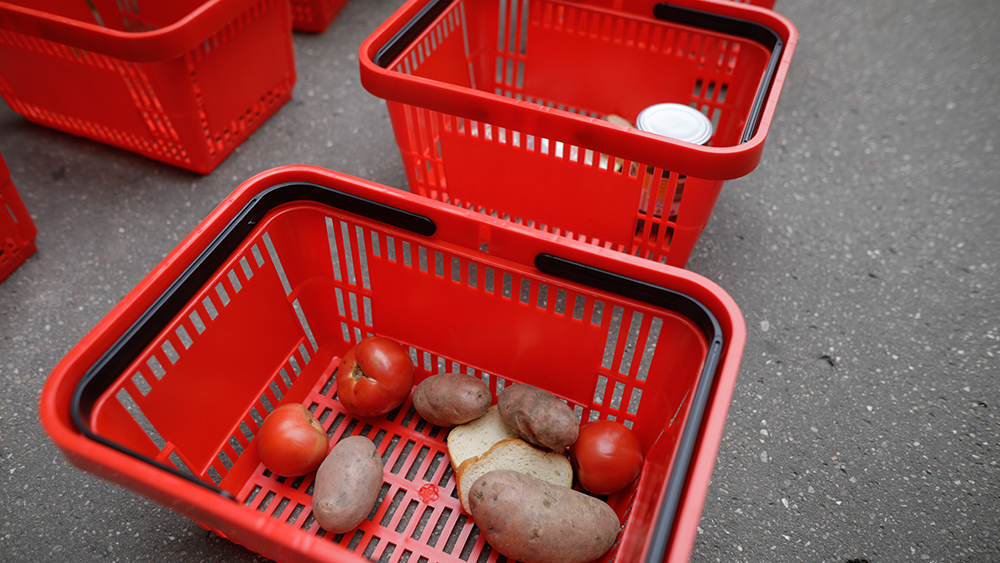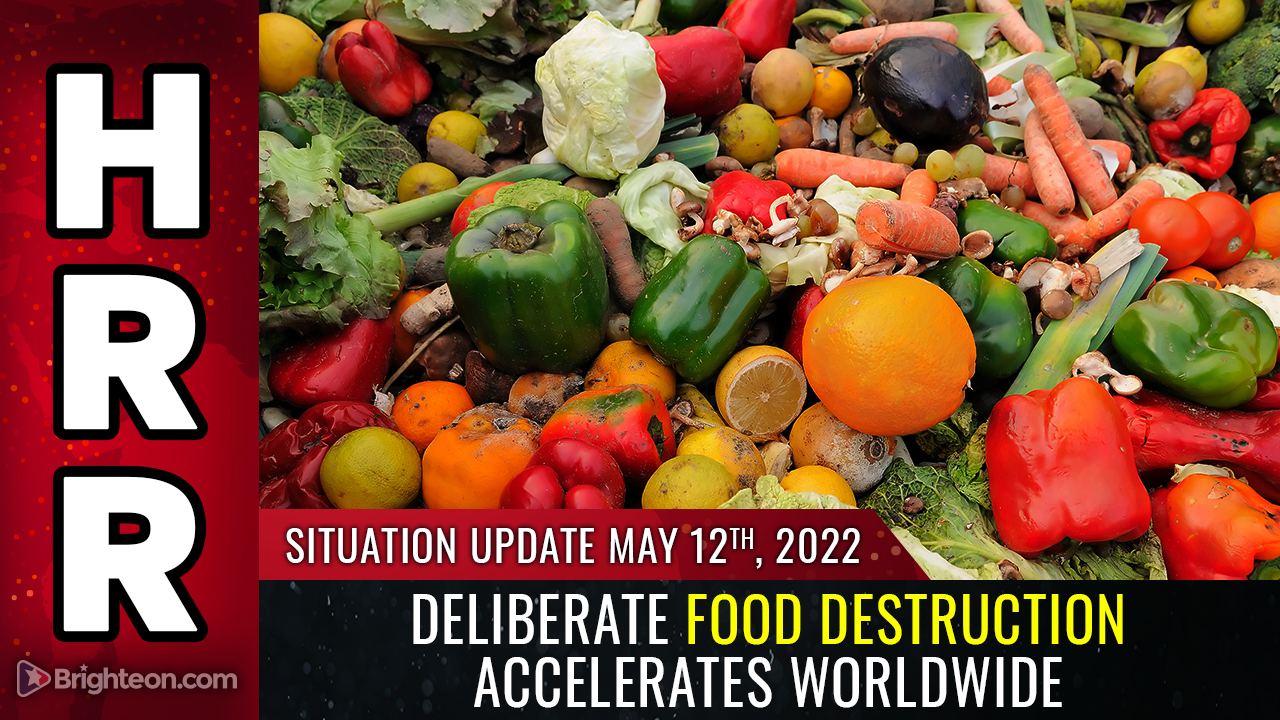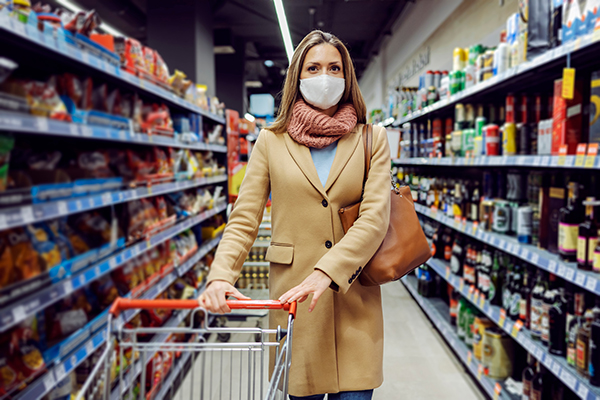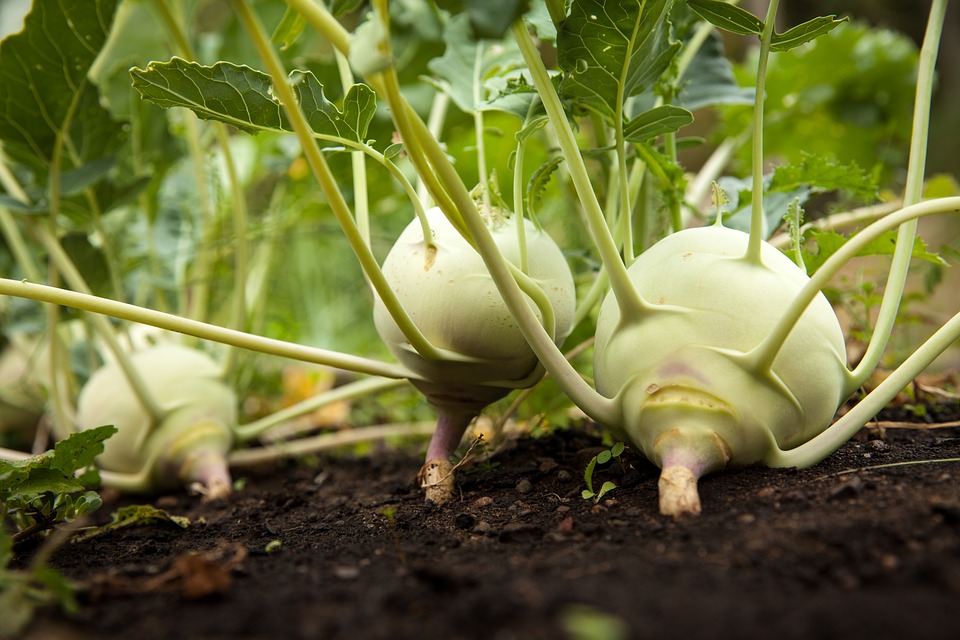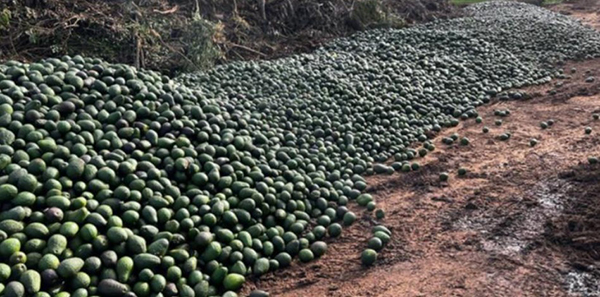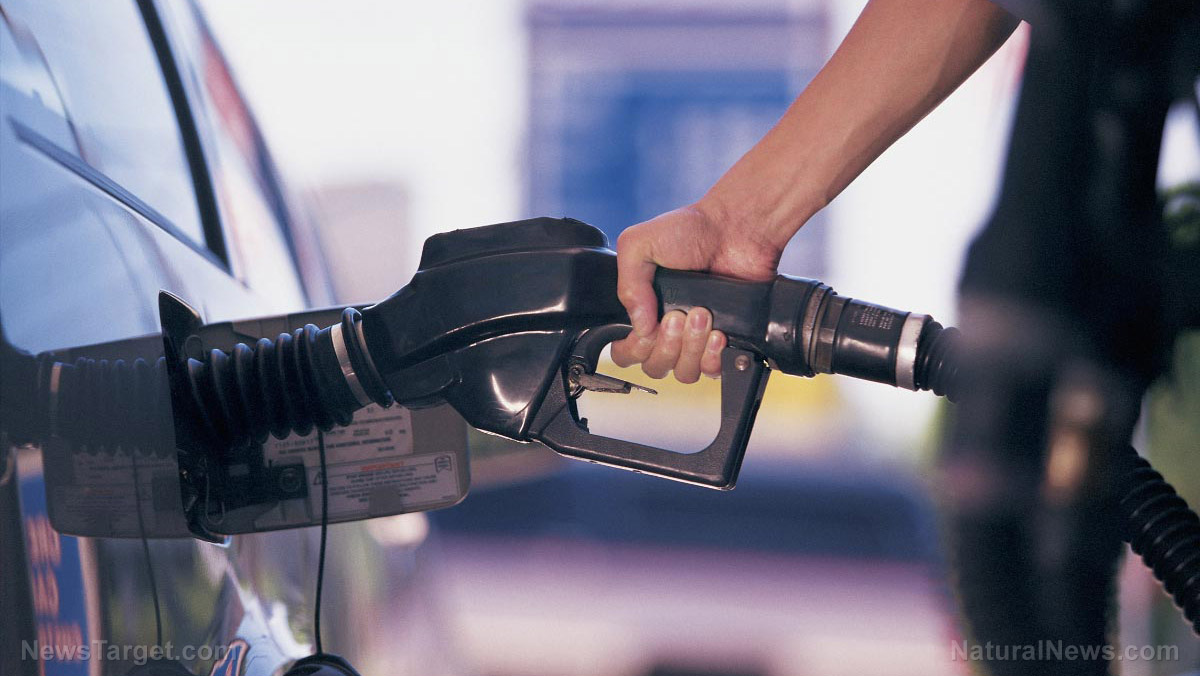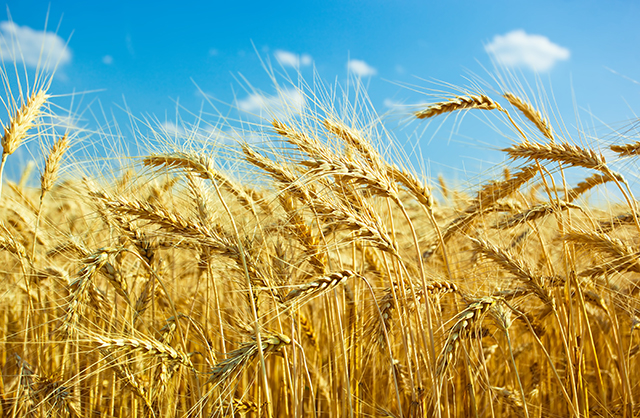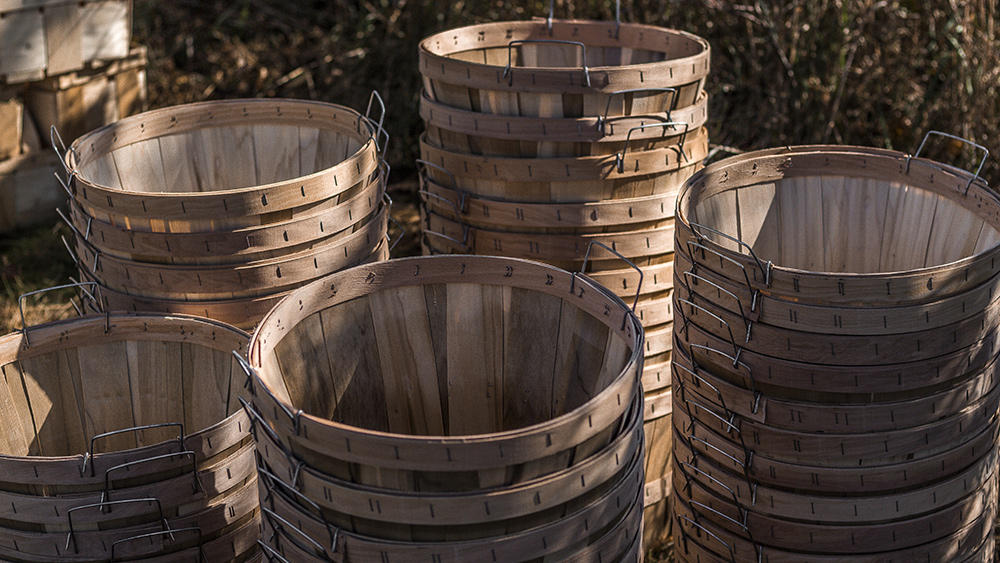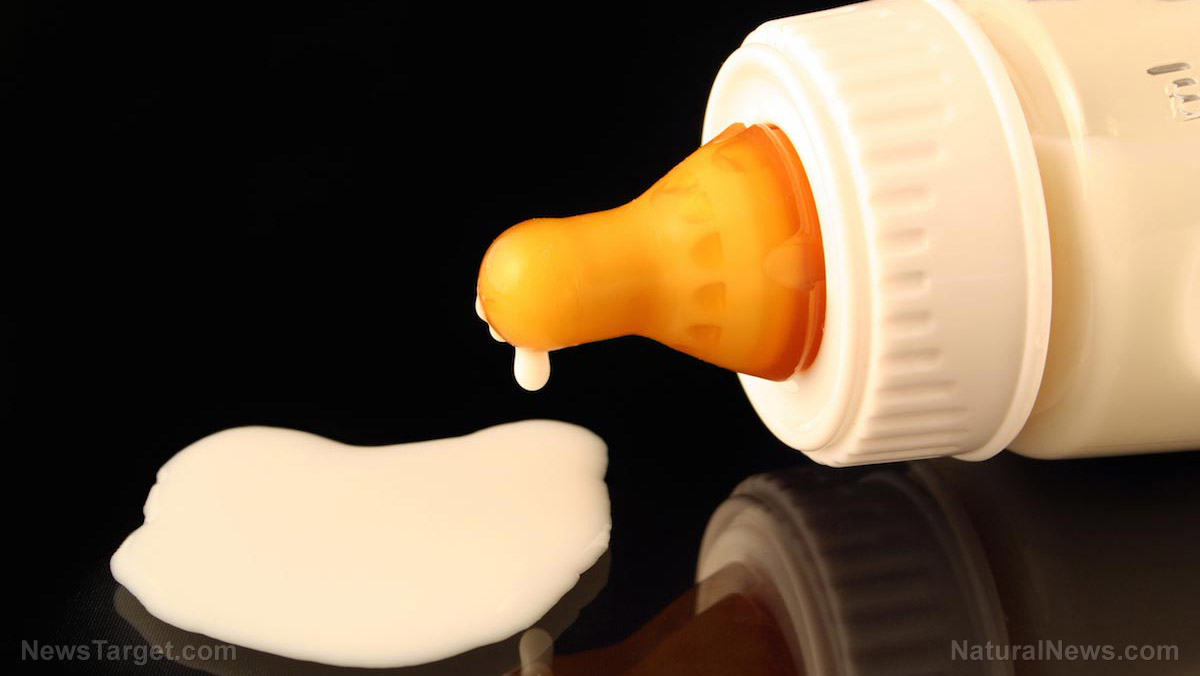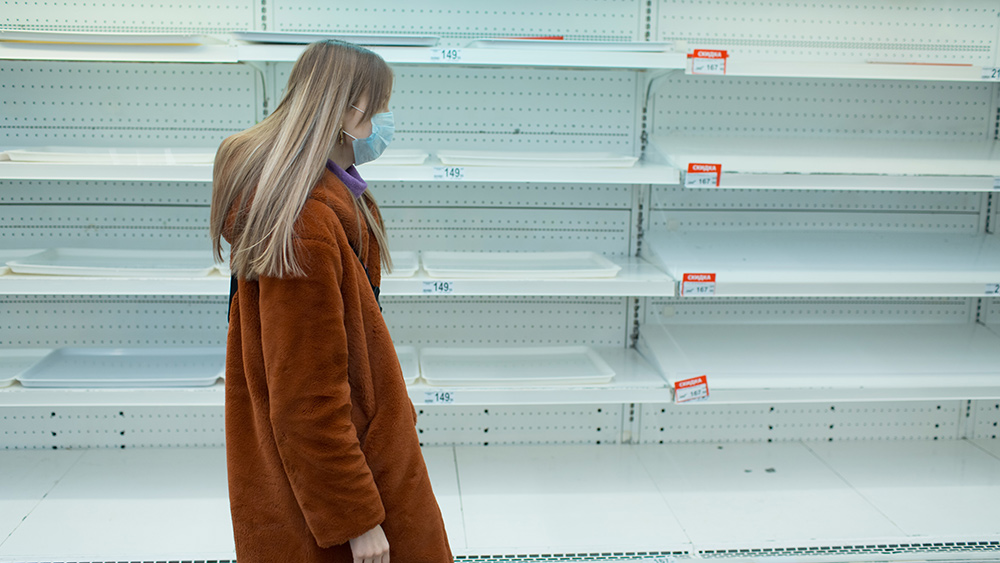Agricultural Economy Barometer flashes warning signs over global crop crisis (and looming famine)
05/16/2022 / By Ethan Huff

The latest March reading of the Purdue University-CME Group Ag Economy Barometer shows the weakest farmer sentiment since May 2020 near the beginning of the Wuhan coronavirus (COVID-19) plandemic.
Dipping to a reading of 113 last month, the Ag Economy Barometer was 12 points lower than a month earlier, and 36 percent lower than in March 2021. The cause of this decline is weaker perceptions about current conditions and poor expectations for the future.
“Compared to February, the March Index of Current Conditions declined 19 points to 113 and the Index of Future Expectations declined 9 points to 113,” reported AgFax. “When compared to a year earlier, producers’ appraisal of current conditions was down 44 percent, while their expectations for the future fell 31 percent.”
Every month, the Ag Economy Barometer sentiment index is calculated based on 400 agricultural producers’ responses to a telephone survey. Last month’s survey took place from March 14-18.
Compared to 2021, farmers expect the financial performance of their businesses to decline, reports indicate. Generally speaking, they do not expect commodity price strength to offset the dramatic rise in farm production costs that they are currently experiencing.
The biggest concern of all right now is “higher input costs,” meaning things like fertilizers and pesticides. The costs associated with these products continue to rise as they have for a while now, and especially since Russia’s invasion of Ukraine.
“Drilling down a bit further, it’s clear that disruptions to trade in ag commodities and key inputs such as fertilizer resulting from the war in Ukraine are on producers’ minds as 19 percent of respondents chose ‘availability of inputs’ as their biggest concern, matching the percentage of producers who chose ‘lower crop and/or livestock prices,'” AgFax reported.
Some American farmers are already having trouble obtaining certain farm inputs
For the first time, the March survey also assessed farmer sentiment concerning the Ukraine war and how it might impact U.S. agriculture. Overwhelmingly, producers said they expect input prices to be most affected (63 percent of respondents), followed by crop prices (33 percent) and livestock prices (3 percent).
When asked how much they expect farm input prices to rise this year, 57 percent of respondents said they believe inflation will reach 20 percent or higher, while 36 percent said they expect inflation to reach 30 percent or higher.
Just over one-quarter (27 percent) of respondents said they have already had trouble purchasing certain crop inputs for the 2022 crop season. Shortages, of course, will drive up prices even further.
Since January, 27-30 percent of producers say that input supplies have been shaky, with herbicides and fertilizer shortages causing the most problems, followed by difficulties obtaining farm machinery parts.
As for large capital investments, many producers do not feel as though now is a good time to take such leaps. The March index reading of the Farm Capital Investment index fell again in March to 36, which is six points lower than a month earlier and 59 percent lower than in March 2021.
Sixty-two percent of respondents indicated that their plans for farm machinery purchases in 2022 are lower than in 2021, which is the most negative responses received to this question since May 2020.
In response to a similar question about investing in farm building and grain bin construction, 68 percent of respondents chose “lower,” which again is the most negative response to this question since May 2021.
Another reason why now is a bad time to invest in machinery and construction equipment, according to 42 percent of producers, is that the supply chain for parts is currently in tatters. Industry reports show that many major machinery manufacturers are experiencing order backlogs.
“The war in Ukraine exacerbated producers’ worries about production costs, with nearly two-thirds of producers expecting the biggest impact on U.S. agriculture from the war to be on input prices,” AgFax added.
More related news coverage about these topics can be found at Collapse.news.
Sources include:
Submit a correction >>
Tagged Under:
Ag Economy Barometer, AgFax, capital investments, collapse, crops, dips, famine, farm production, fertilizer shortage, food, food production, food supply, harvest, herbicides, hunger, inflation, low, Purdue University, scarcity, starvation, supply chain
This article may contain statements that reflect the opinion of the author
RECENT NEWS & ARTICLES
FoodRiots.news is a fact-based public education website published by FoodRiots.news Features, LLC.
All content copyright © 2021 by FoodRiots.news Features, LLC.
Contact Us with Tips or Corrections
All trademarks, registered trademarks and servicemarks mentioned on this site are the property of their respective owners.




